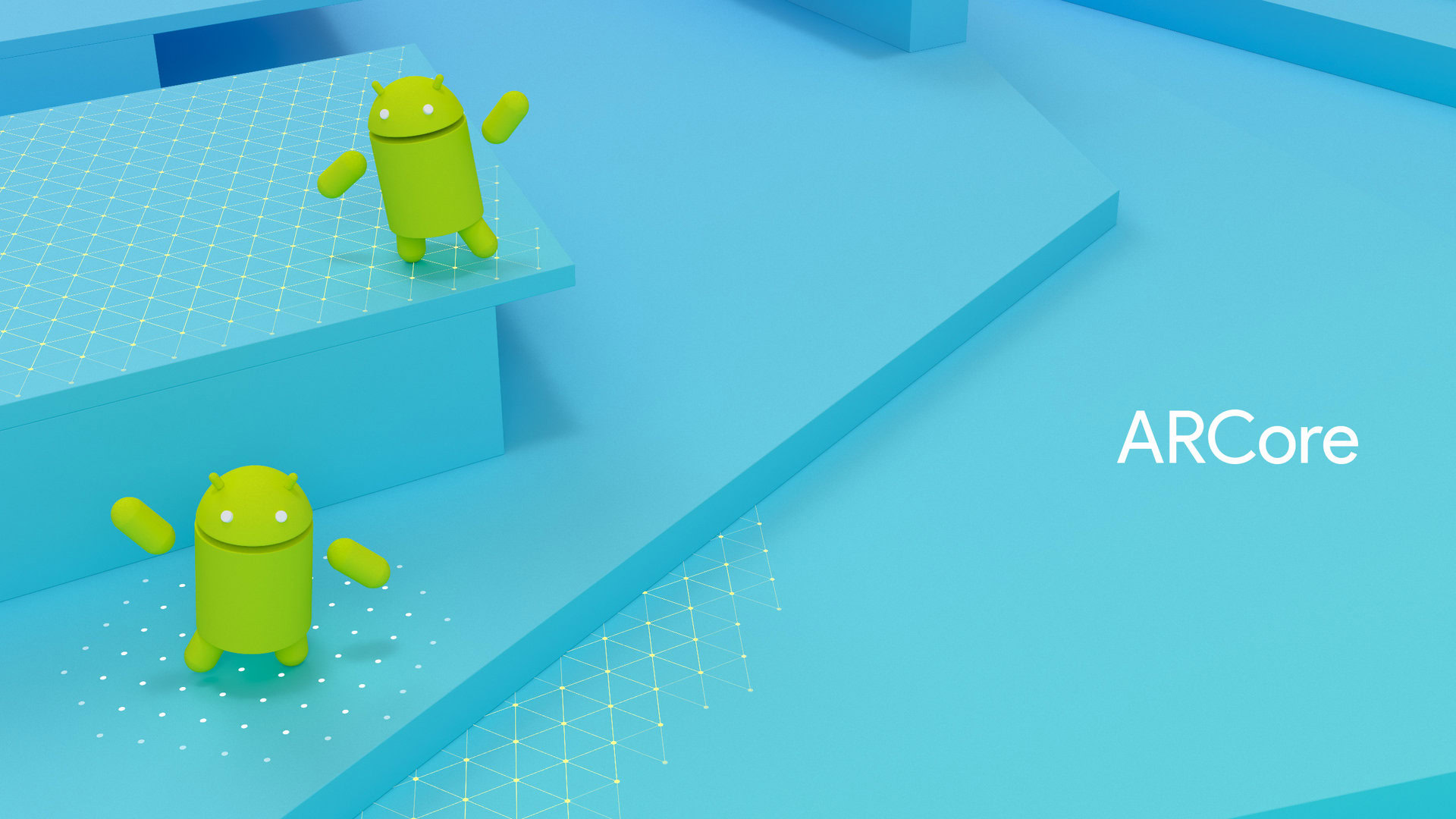Affiliate links on Android Authority may earn us a commission. Learn more.
Google's ARCore hopes to introduce augmented reality to the Android masses

One of Apple’s more notable announcements during the company’s Worldwide Developers Conference this year was ARKit, which allows augmented reality apps to not only run on iOS devices, but also do so without the need for folks to pick up additional hardware. That latter point is what pundits have pointed to as a possible tipping point in augmented reality adoption, one that Google hopes to do the same for Android users with ARCore.
There's no need to purchase additional sensors or hardware - it will work on existing and future Android phones

According to Google, ARCore focuses on three things: motion tracking, environmental understanding, and light estimation. With motion tracking, ARCore can determine how the phone is positioned and oriented as it moves. Because of this, virtual objects can remain accurately placed, regardless of where your phone is pointed at.
With environmental understanding, ARCore detects horizontal surfaces, such as a desk or floor, using the same points used for motion tracking. This allows ARCore to be aware about your surroundings. Finally, ARCore detects the ambient light and allows developers to light virtual objects so they can match the surroundings. This increases the level of immersion when using ARCore-powered apps.

If all of this sounds a bit familiar, that is because Google seems to have brought over much of what makes Tango tick. In fact, Google is ditching the Tango branding in favor of ARCore, signaling a big shift for the company’s overall AR efforts.

Alongside ARCore, Google also announced that it will release prototype browsers that allow developers to create AR-enhanced websites that can run on both ARCore and ARKit. Finally, Google re-announced its continued development on Visual Processing Service (VPS), which was revealed during Google’s developers conference in May and allows devices to more quickly and accurately understand their location indoors.
As for ARCore itself, it is now available for Google’s Pixel and Pixel XL, as well as Samsung’s Galaxy S8 and Galaxy S8 Plus running Android 7.0 Nougat and up. Google is targeting 100 million devices by the end of the preview, with the search giant working with Samsung, HUAWEI, LG, ASUS, and others to make that target a reality.